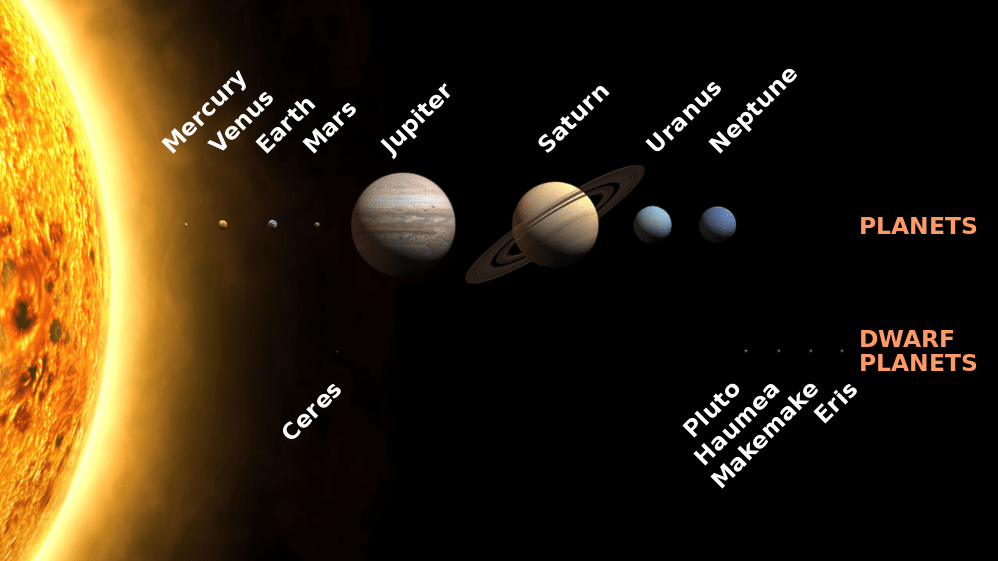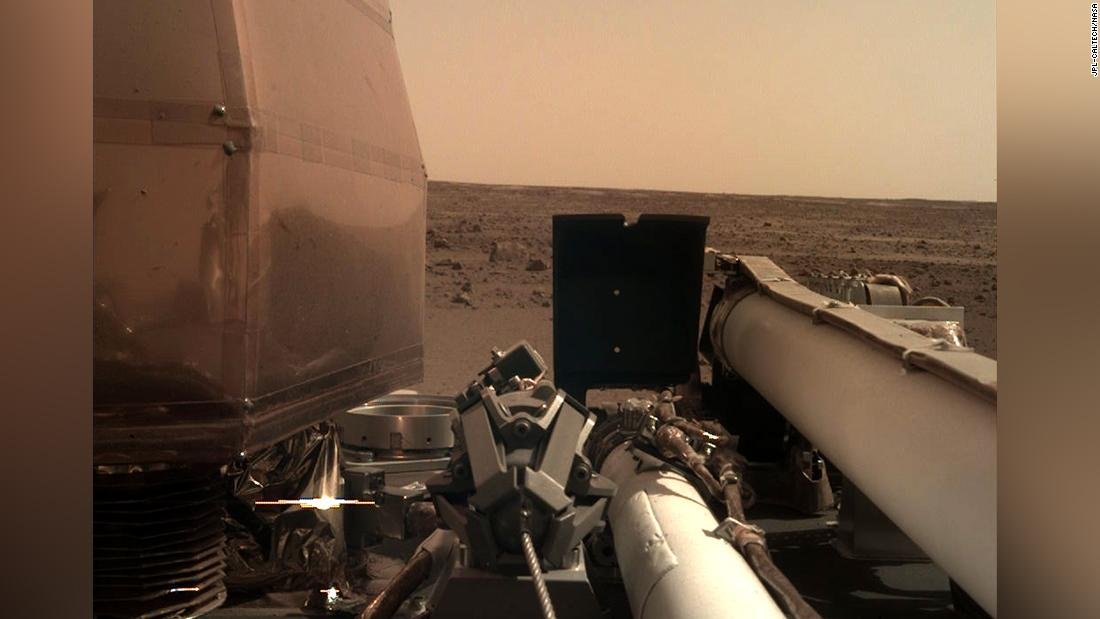The space probe InSight, which landed successfully on the surface of Mars on Monday 26th November 2018, has seen the first images of the surface of the red planet after having made a trip of 458 million kilometers in space, reports NASA.

In the first photo published by the US agency you can see dust particles and the Martian surface.
The second image captures the instruments of the space probe, which, according to the team of specialists from NASA, indicates that the solar panels of the device work successfully and convert light into electricity.
In the next few days the team will control a robotic hand and use a connected camera to take pictures of the ground and decide where to place the instruments to investigate the internal structure of the planet. According to specialists, the deployment of instruments will last two or three months.
For two years, the probe – which has a seismometer on board – will study the internal structure of the planet, recording the seismological activity and using devices to investigate the heat fluxes.
My first picture on #Mars! My lens cover isn’t off yet, but I just had to show you a first look at my new home. More status updates:https://t.co/tYcLE3tkkS #MarsLanding pic.twitter.com/G15bJjMYxa
— NASA InSight (@NASAInSight) November 26, 2018
Celebrations captured in Pasendena & New York City took place yesterday after our @NASAInSight spacecraft landed safely on Mars! Relive the anticipation with the team inside Mission Support at our @NASAJPL here: https://t.co/sPcVXLBAty #MarsLanding pic.twitter.com/0dao9OQXIW
— NASA (@NASA) November 27, 2018
Aaah…soaking up the Sun with my solar panels. 🌞 After a long flight, and thrilling #MarsLanding, it feels great to get a good stretch and recharge my batteries. (Like, literally.) It’s just what I’ll need to really start getting in tune with #Mars. https://t.co/yse3VEst3G pic.twitter.com/LpsiI0KNNz
— NASA InSight (@NASAInSight) November 27, 2018
There’s a quiet beauty here. Looking forward to exploring my new home. #MarsLanding pic.twitter.com/mfClzsfJJr
— NASA InSight (@NASAInSight) November 27, 2018














